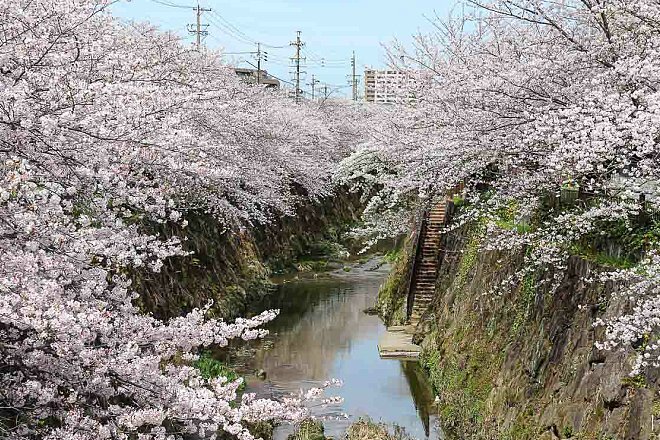This is the third and final part of my 6-day trip off the beaten path in central Japan. On the second last day, I walked around the town of Gujo-Hachiman where I stayed the night before, visiting its pristine waterways and making wax food replicas, which the town is famous for. To complete my trip, I went hiking in Kamikochi, a premier outdoors destination and the gateway to the Japan Alps, on the last day.

Day 5: Food replicas in Gujo-Hachiman
Surrounded by mountains in a valley and with three rivers, the Nagara River, the Yoshida River and the Kodara River, flowing through it, Gujo-Hachiman in Gifu Prefecture is a town known for its pristine water. Affectionately referred to as a water town, it is said that mineral water flows through the town's taps. The clean, pure waters have also served the residents of Gujo-Hachiman well over centuries, and in return, the residents have been working together to keep their water sources clean.

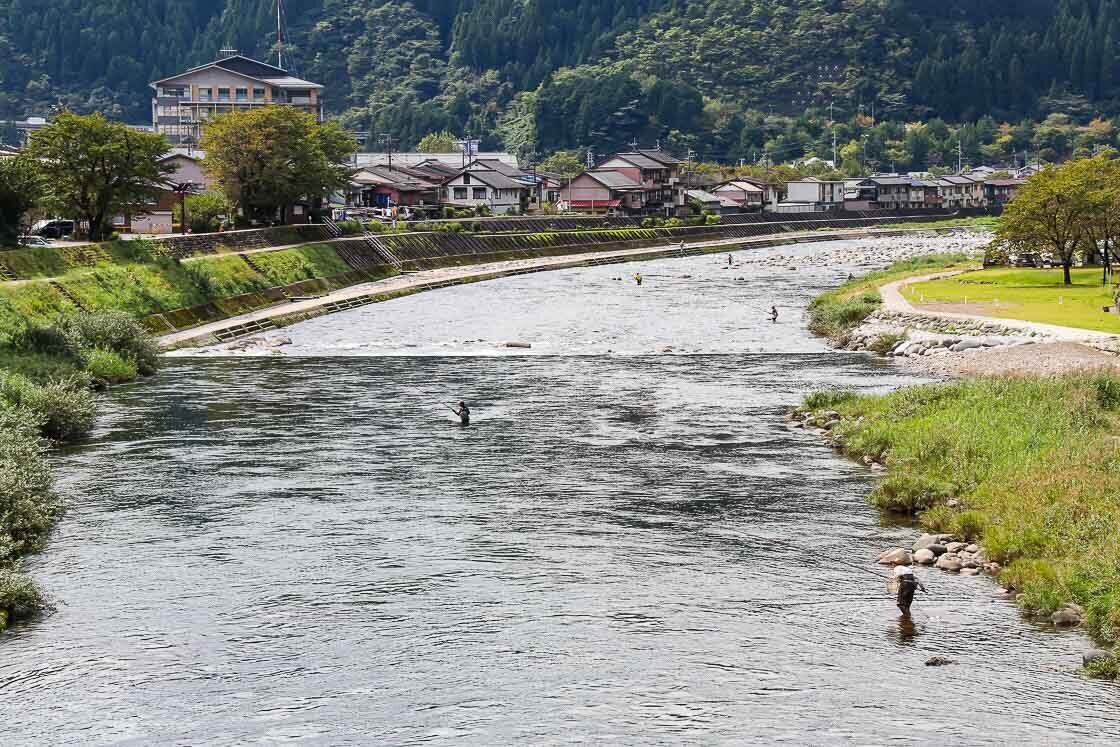
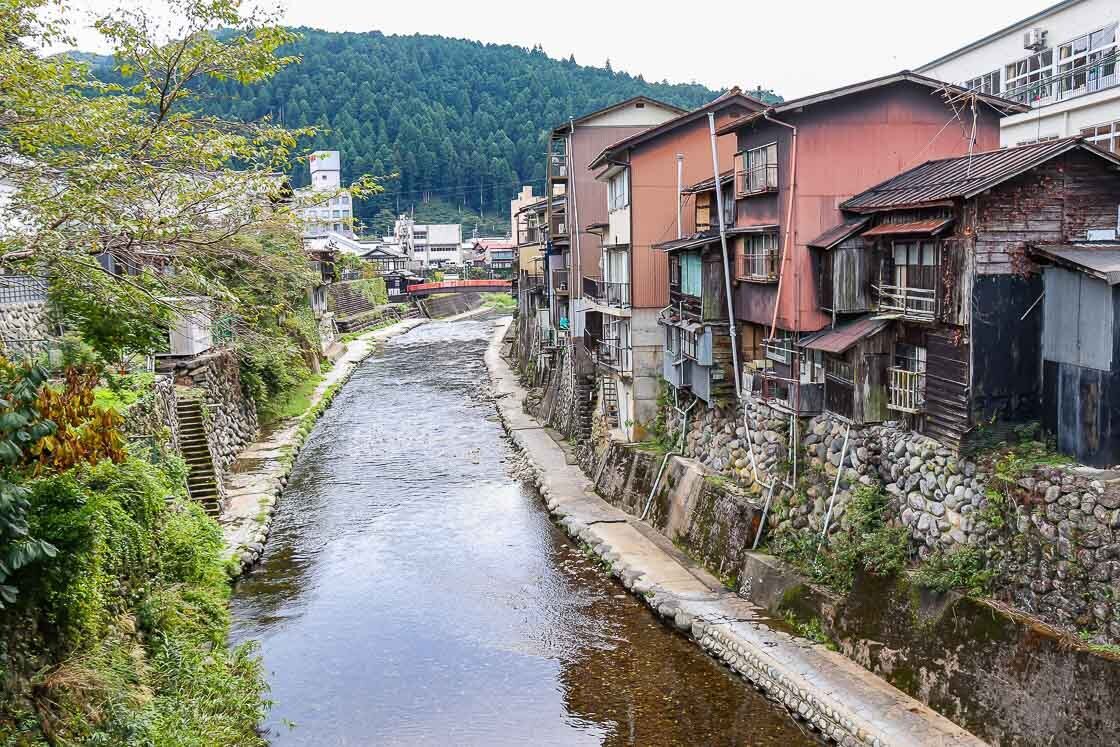
Water systems were put in place to harness the fresh water that comes from springs and snow melt, and the most famous of them in Gujo-Hachiman is the Sogisui spring. Named after the 15th century poet Sogi, who built his hermitage beside the spring, Sogisui has four basins that show how a water system works. The first basin beside the source is reserved for drinking water, and the following two are for rinsing rice, fruit and vegetables. The last basin is typically used for washing dirty clothes and tools.
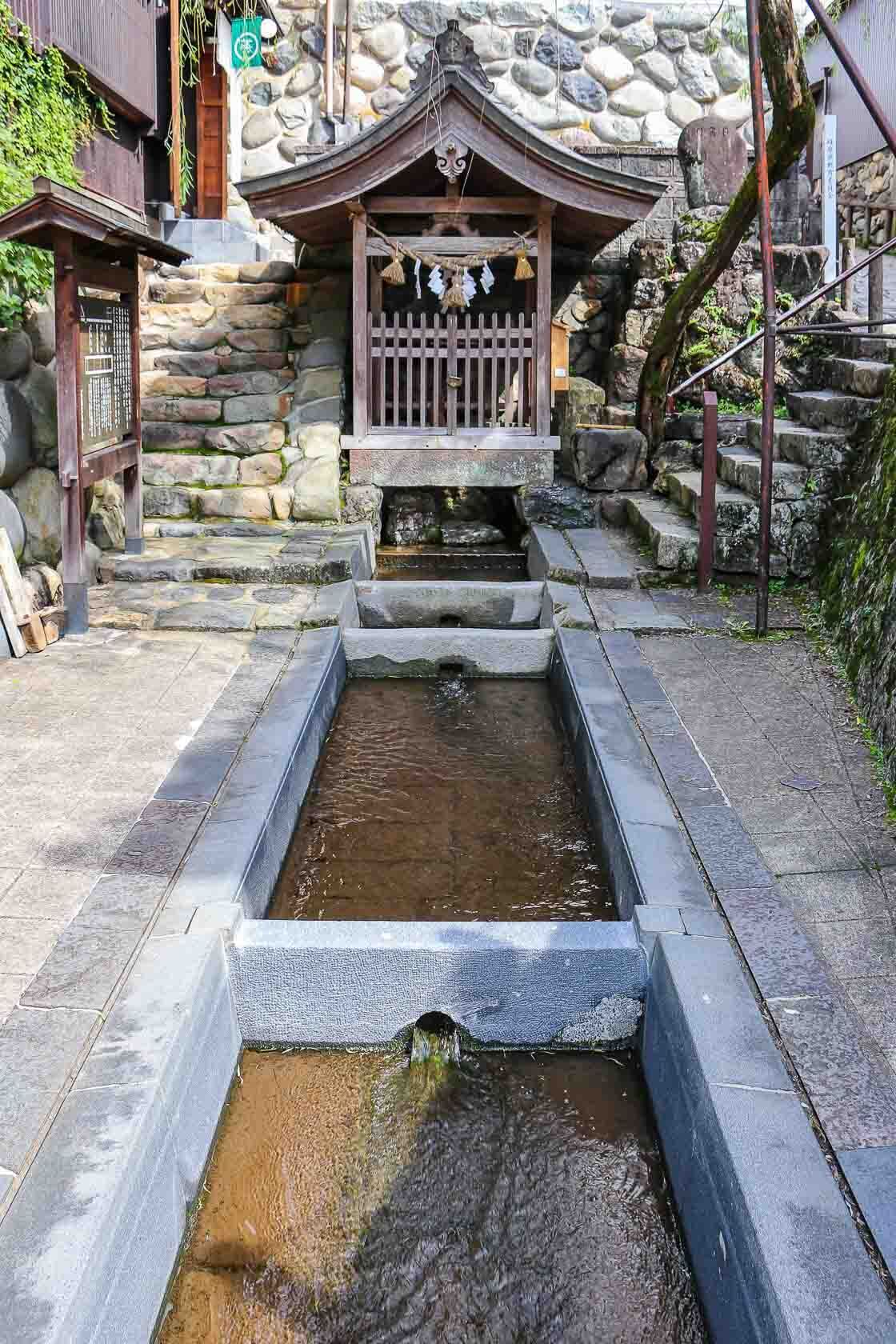
Additionally, canals were built to run alongside homes in the town. Before indoor plumbing was invented, residents would use the water flowing in front of their house to wash their laundry or dirty dishes. However, strict rules dictate what can or cannot be washed to ensure the water is kept clean for everyone. These days, the canals are largely for appreciating the clean waters in Gujo-Hachiman, and some contain koi that swim freely.
Aside from pristine waters, other highlights in Gujo-Hachiman include its old town where merchants and craftsmen lived and worked, and the Gujo Odori summer festival, which has a history of over 400 years.
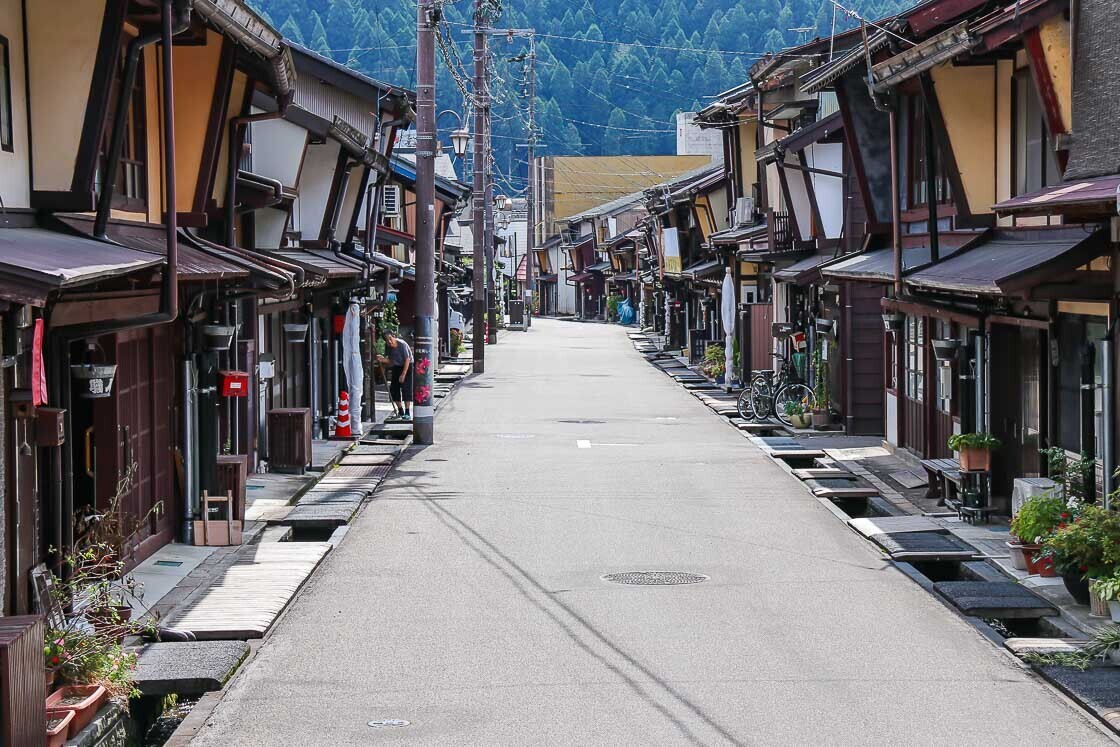
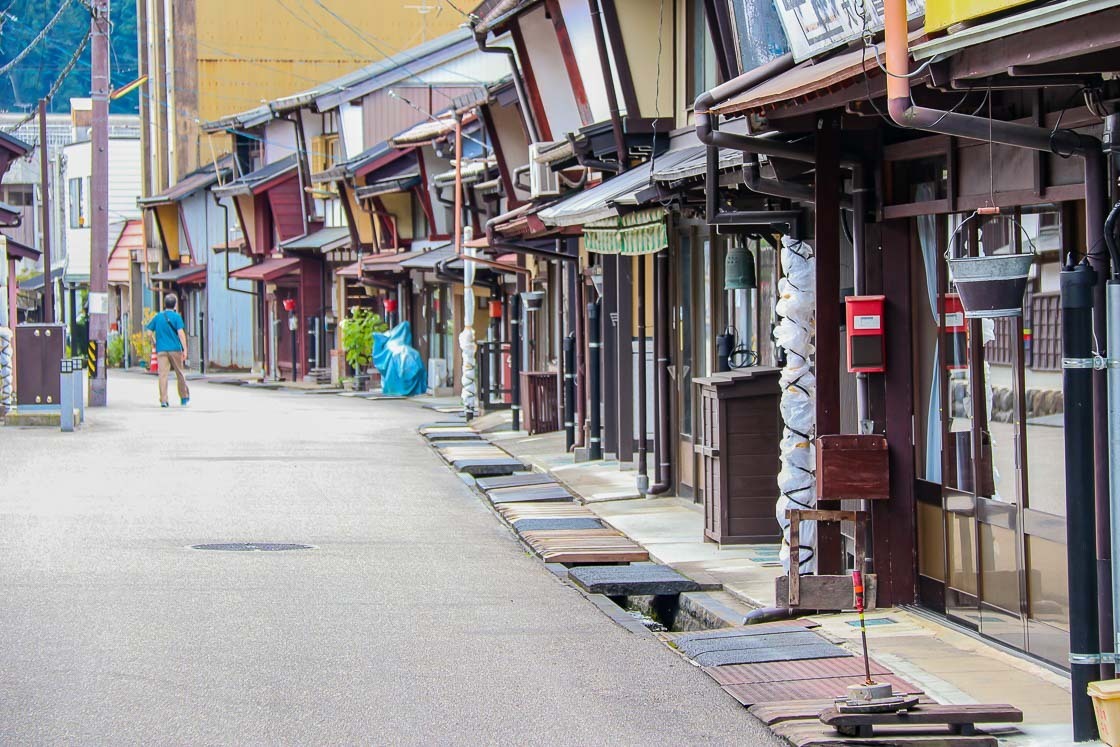

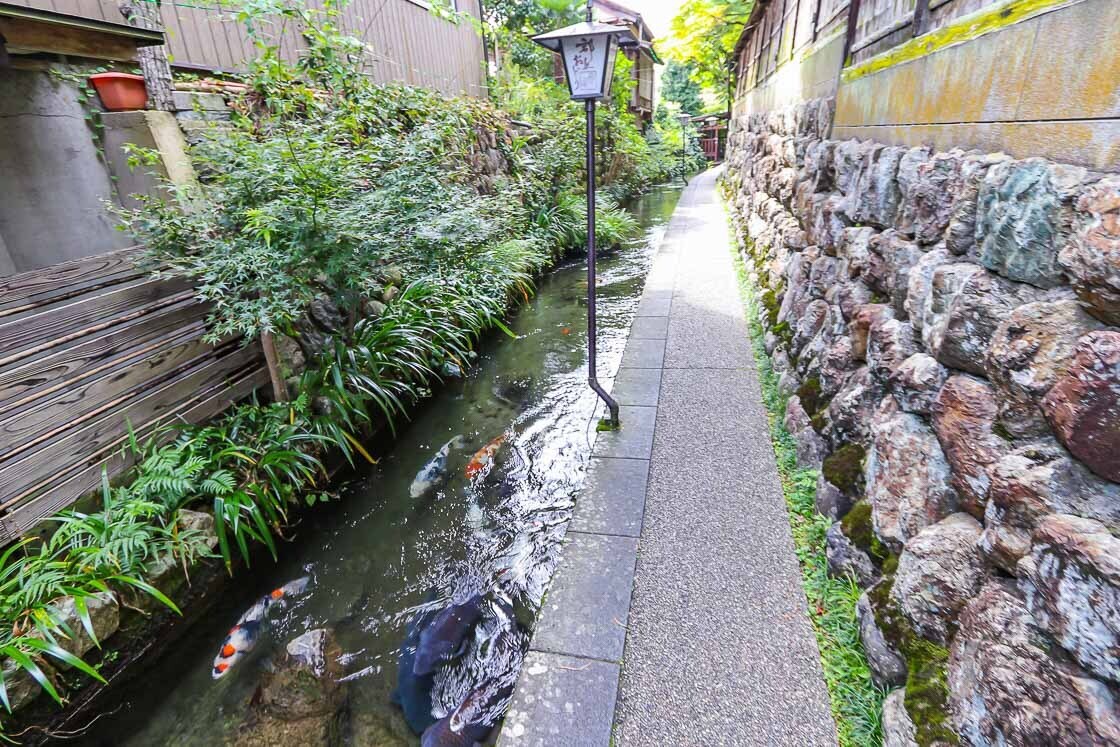

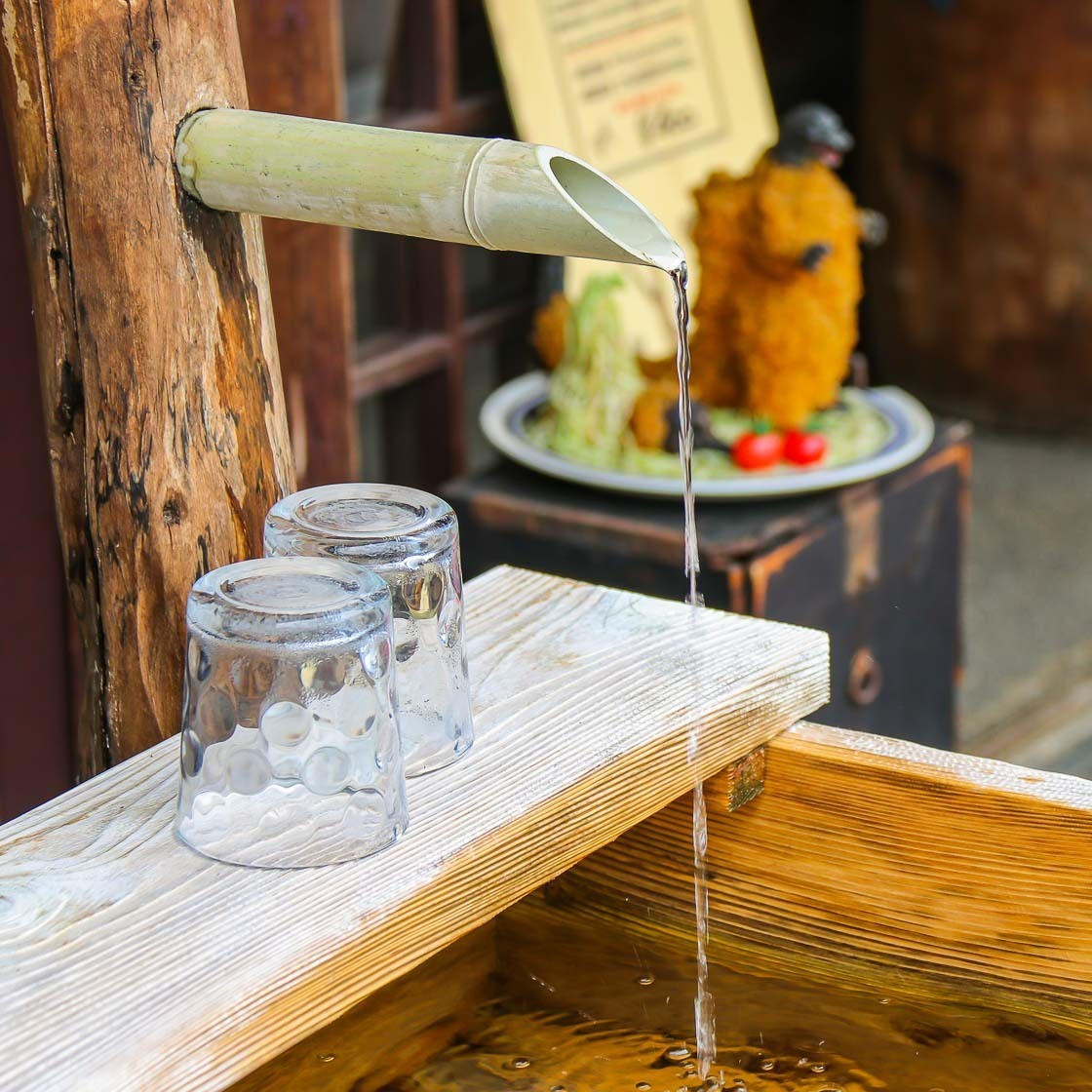
In contemporary times, Gujo-Hachiman is the largest domestic producer of food replicas, which can be seen at the entrances of many restaurants across Japan advertising their menus. The first few food models were made out of wax more than a century ago. In the 1930s, Iwasaki Takizo, an entrepreneur from Gujo-Hachiman, made a realistic wax food replica successfully after much trial and error. He then commercialized making food replicas and is often credited for the popularization of food samples. These days, food replicas are also made out of plastic or resin, which are cheaper and more resistant to higher temperatures.
There are a number of shops selling food replicas in the town, and some offer visitors the opportunity to make wax food samples for a fee. I visited Sample Village Iwasaki, which was established by Iwasaki Takizo, to visit their showroom as well as participate in a food replica making activity.
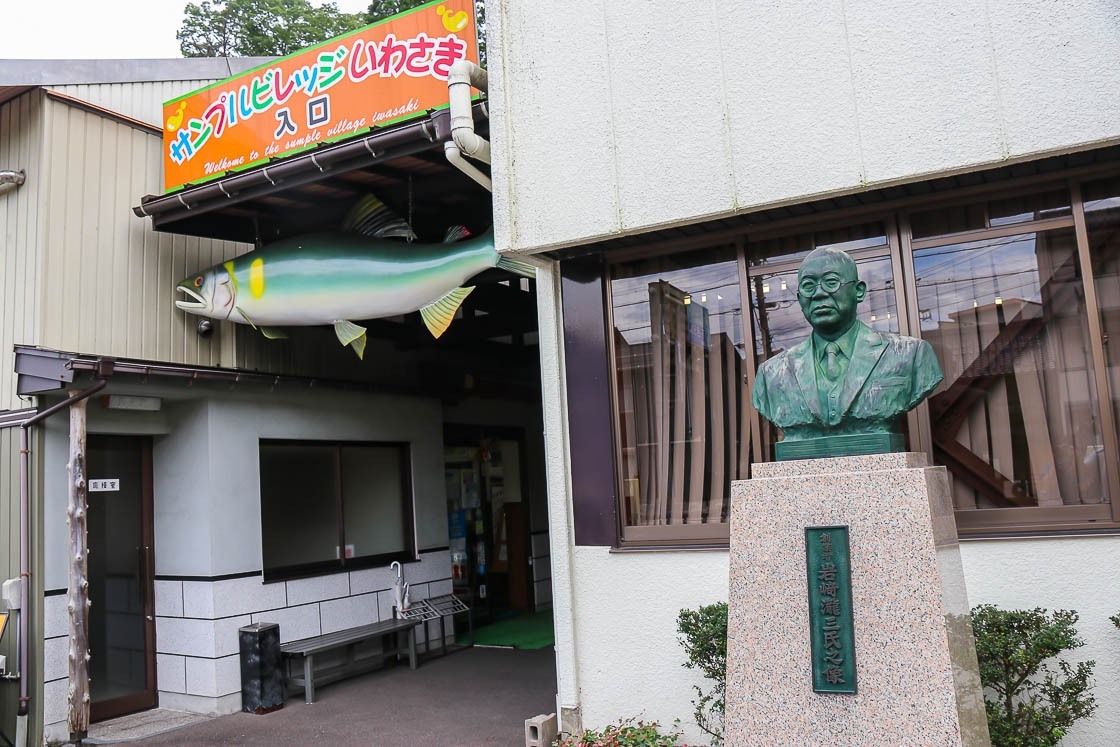
I got straight to the activity upon arrival and started by picking what I wanted to make. There are a number of options with different price points. The most basic and affordable option is making a head of lettuce and a tempura prawn. I picked the most basic option of lettuce and tempura as well as two pieces of sushi. The amount of time it takes to complete the activity depends on which options are chosen. In my case, my activity took about 30 minutes from start to finish.
Wax is used to make the food samples, and there were some safety points to cover before actually making anything. It is important to remember that the wax is hot and wax work is all about smooth, controlled movements. As the replicas are made with hot wax in tepid water, things like shaping and creating textures happen quite quickly as the wax solidifies swiftly.
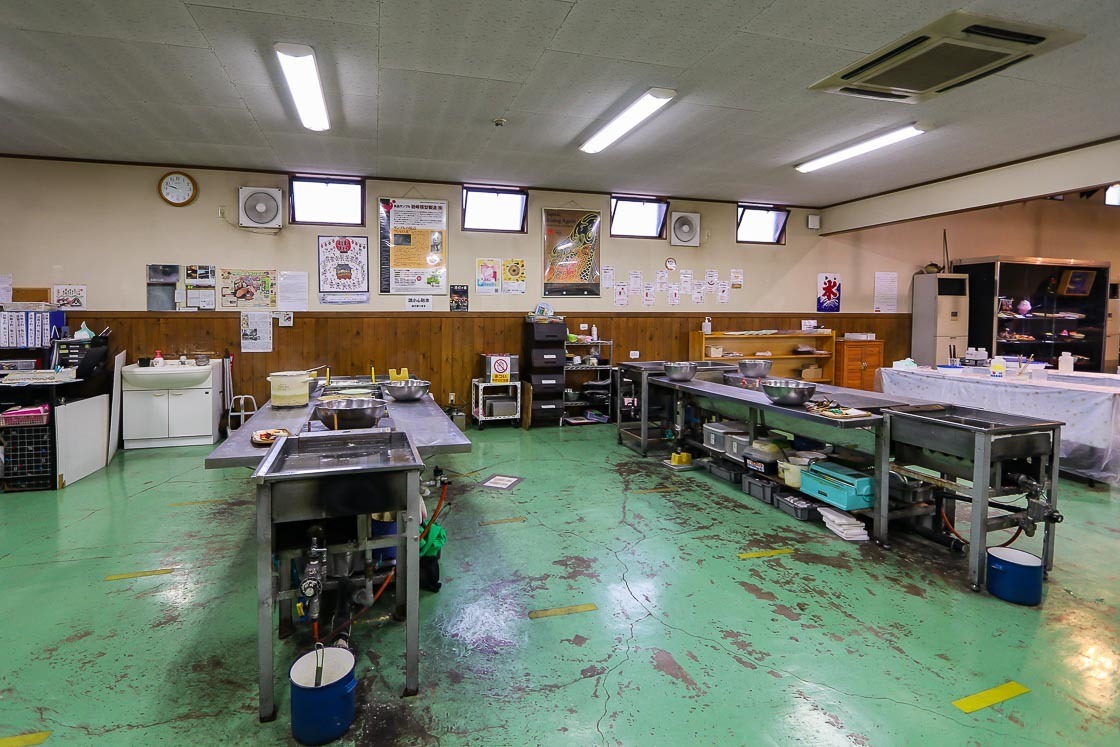
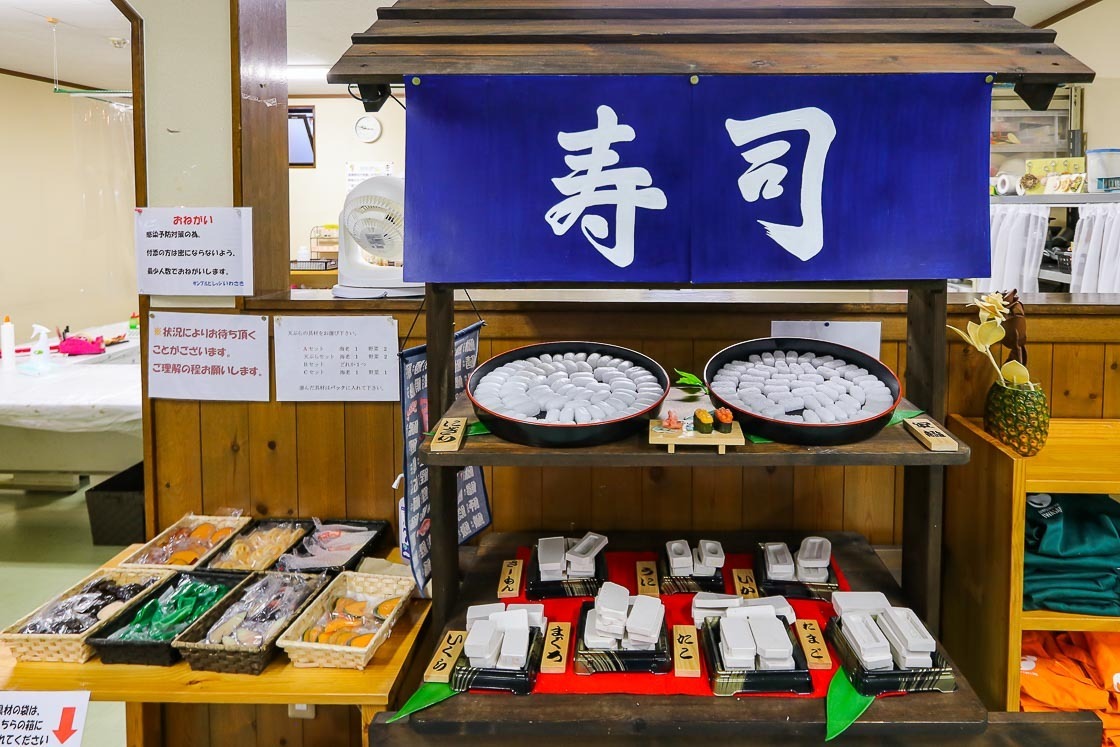

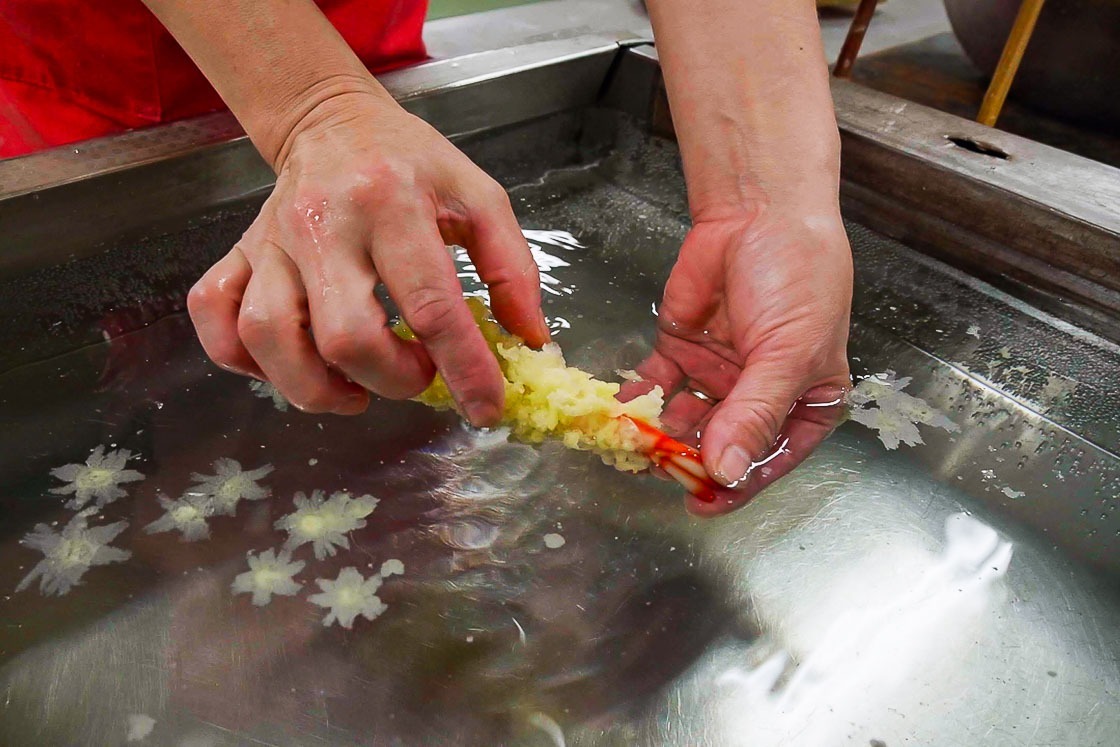
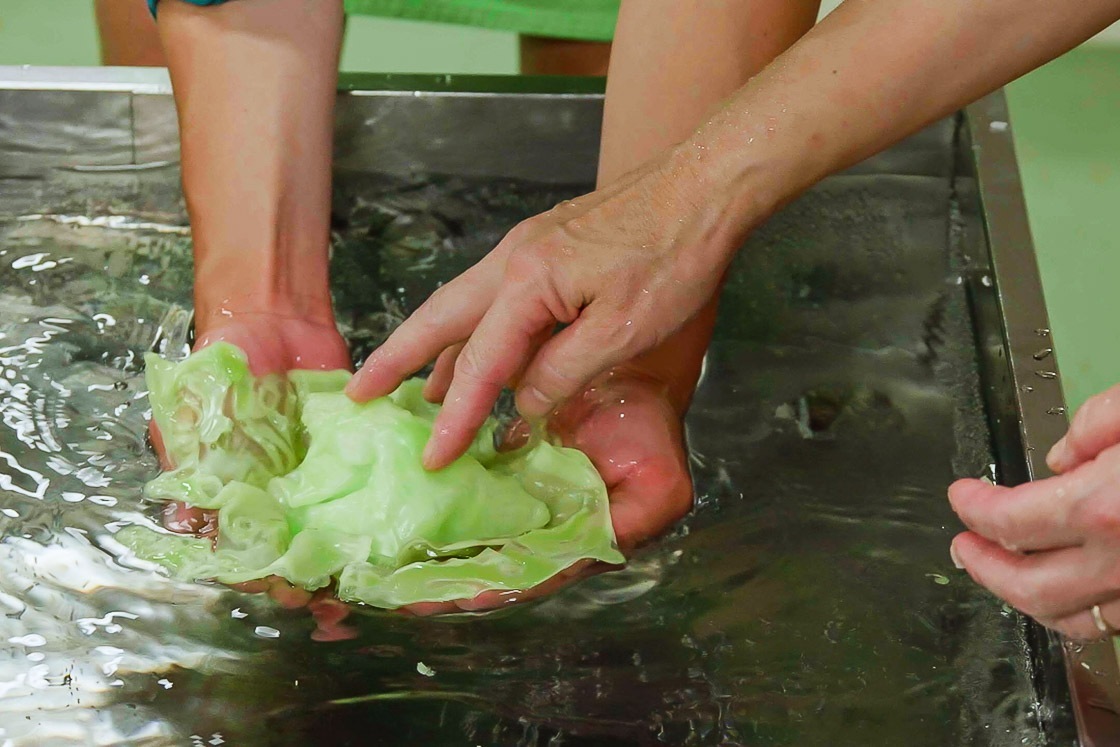
My instructor, in my opinion, was a super expert when comes to creating wax samples. She first explained tools at the work station and techniques, then demonstrated making the item I chose using the aforementioned techniques. Next, it was my turn to apply what I saw to create my sample. I, unfortunately, did not have the same ease and confidence as my instructor while making my sample, but she was with me every step of the way, guiding and assuring me that I was on the right track.
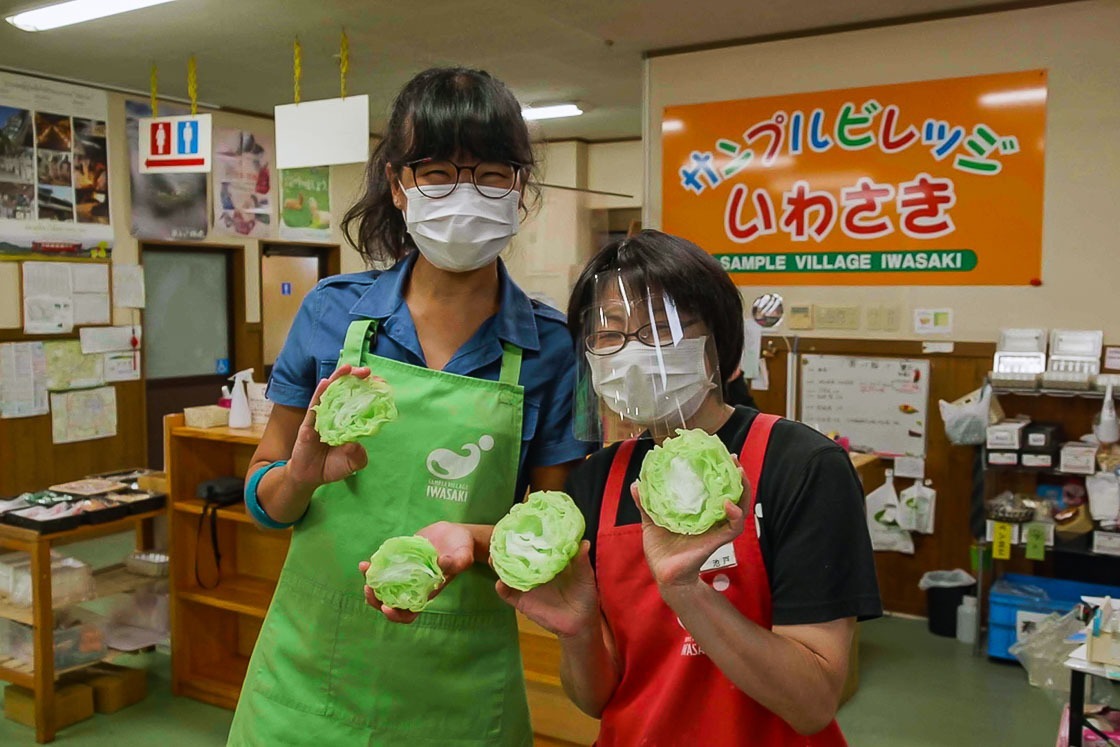
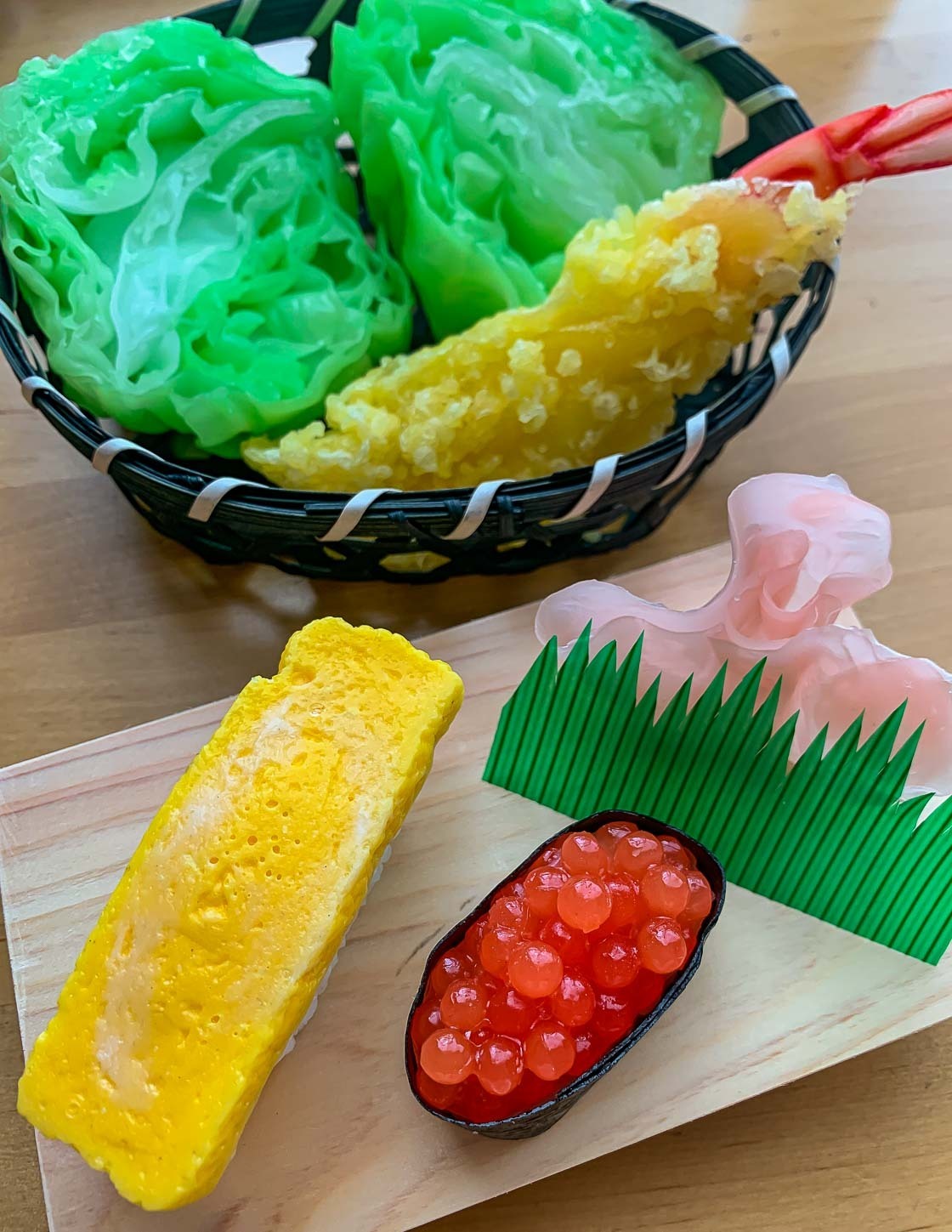
It was a truly fun experience, and one I would recommend to friends and family. I looked around their showroom and shop after my activity, checking out the hyper-realistic food replicas before leaving Gujo-Hachiman.
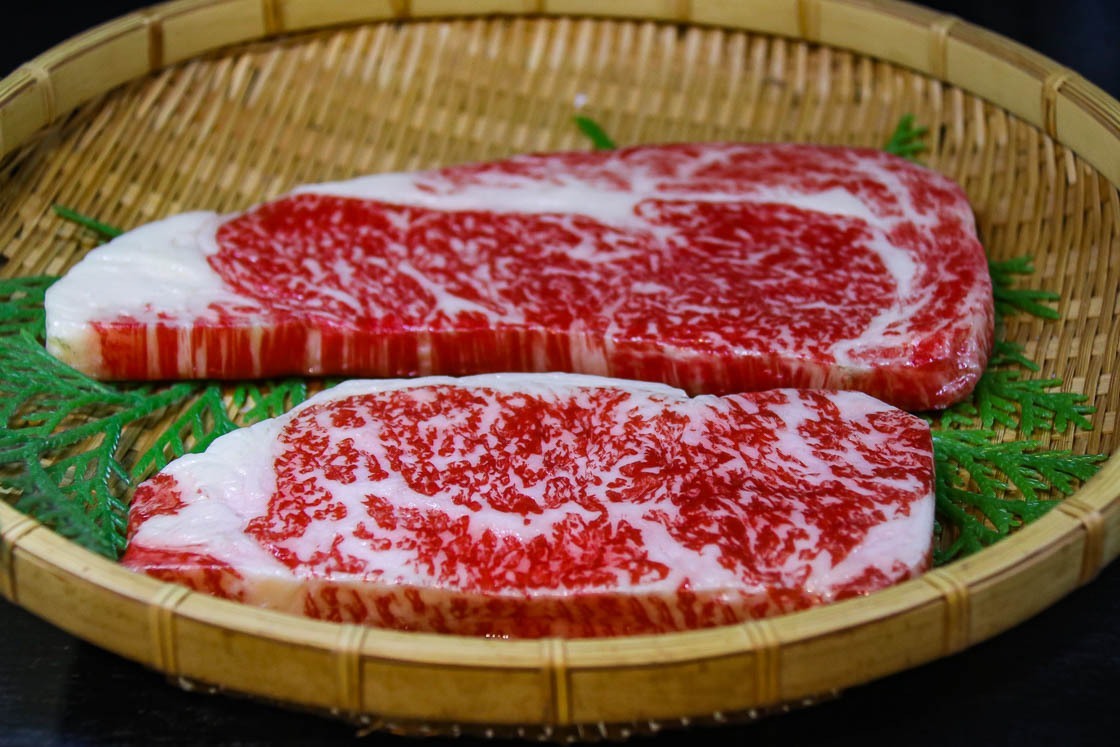

From the water town, I drove to Kamikochi, where my last hotel on this trip was located. On the way there, I passed the hot spring town of Hirayu Onsen, and thought that the accommodations in this town would make for nice alternatives to staying in Kamikochi. It must be noted that private cars are not allowed into Kamikochi, and visitors will have to take a bus or taxi in. Detailed transport information can be found in the access section below.
From the parking area, I took a shuttle bus and got off at the Kamikochi Bus Terminal. It was a short ten minute walk from the bus terminal to my final accommodation on this trip. After checking in to my hotel, I explored the hotel and its surroundings, then relaxed and enjoyed my last night on the road.
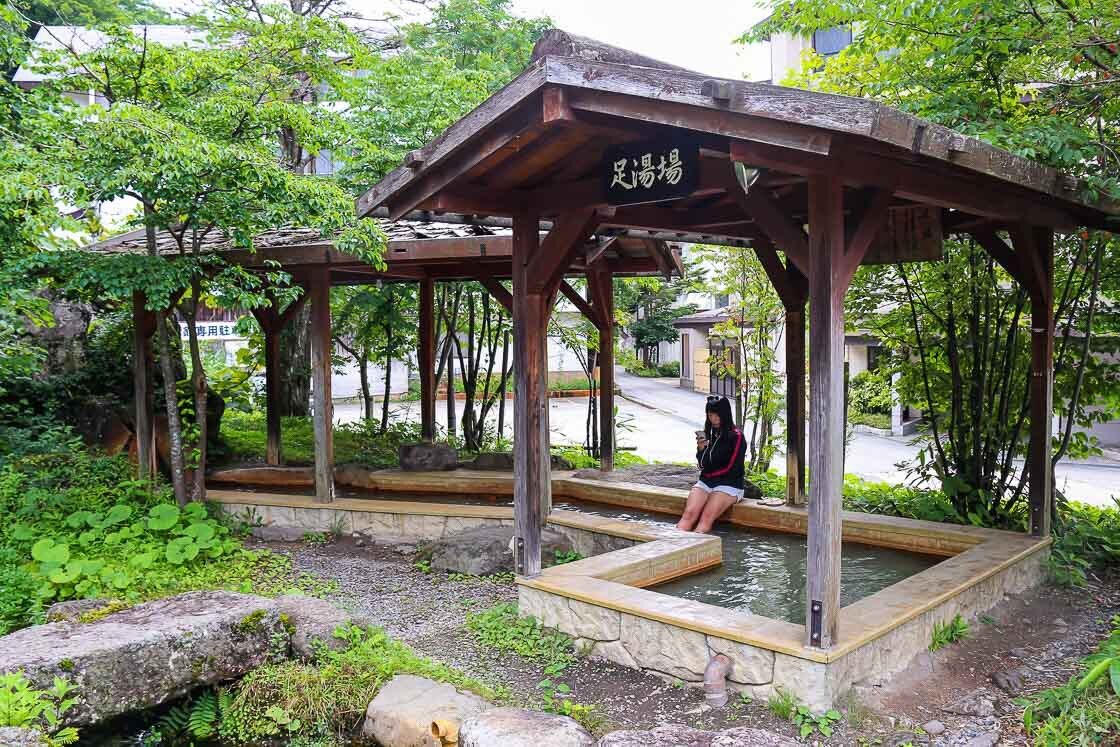
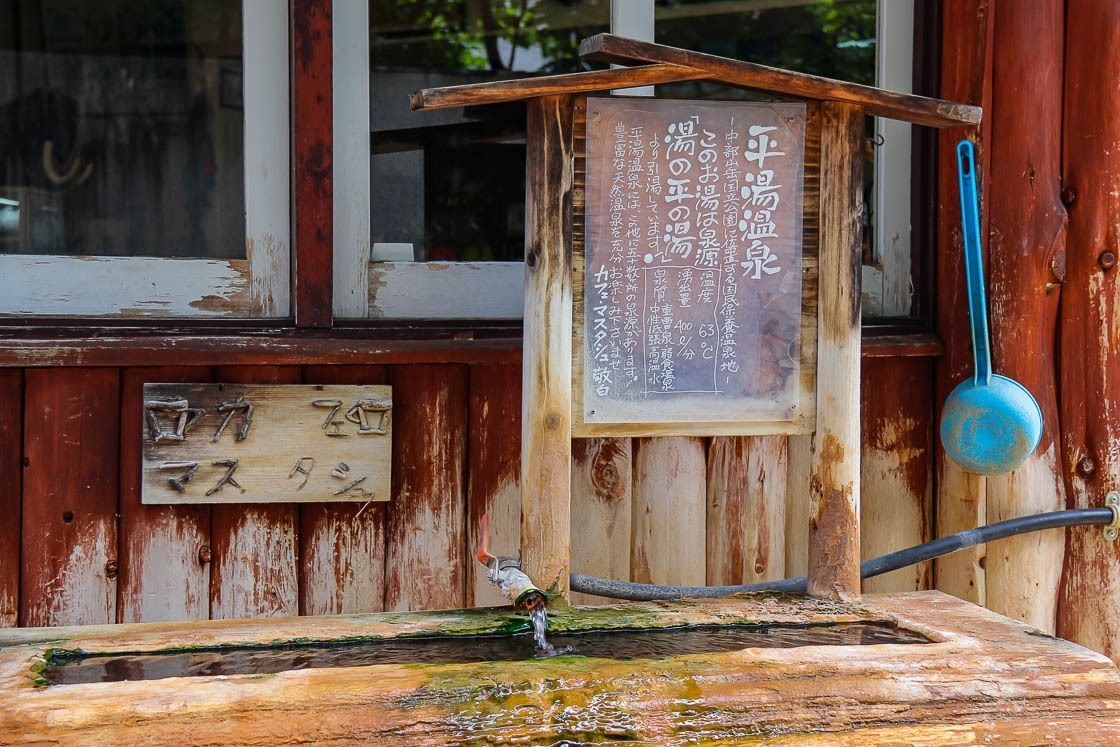
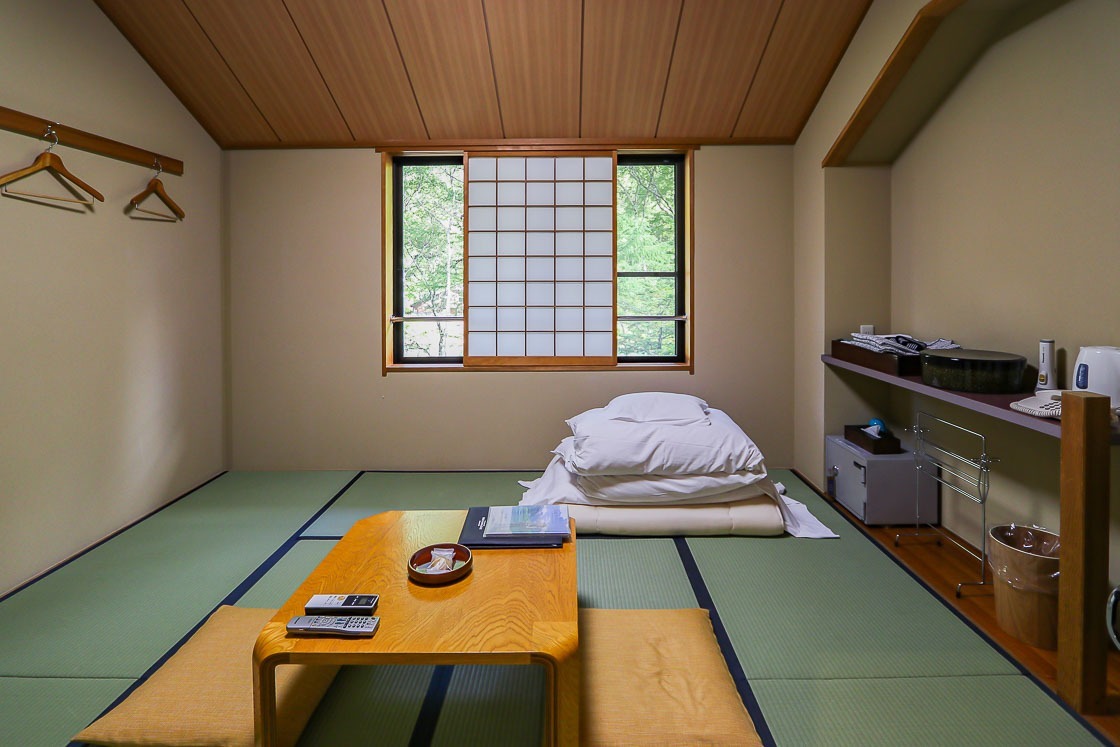
Day 6: Hiking in Kamikochi
Part of the Chubusangaku NationaI Park, the picturesque Kamikochi is an approximately 15 kilometer plateau in a valley surrounded by tall mountains. Known for its stunning mountain scenery, the plateau has a highland resort atmosphere with a handful of hotels and shops built along the river, which runs through the valley. Campsites in the valley cater to both hikers scaling the mountains and recreational campers.
Kamikochi is located at about 1500 meters above sea level, and the temperatures there are a lot cooler compared to the major cities of Tokyo, Osaka and Nagoya, especially in the summer. As such, it is advisable to pack warm clothes and wet weather gear when planning a trip to Kamikochi. Note that Kamikochi is closed in winter typically from mid November through late April.
A hiking wonderland, Kamikochi offers plenty of hiking options catering to casual day trippers to seasoned hikers. Starting in Kamikochi, trails extend into the surrounding tall mountains, some of which can be covered over multi-day hikes. For casual hikers and day-visitors, a loop trail in the central area offers plenty of scenic views, greenery and fresh air. Good walking shoes are recommended for those planning to hike in the central area, and sturdy shoes are essential for those planning to scale the mountains.
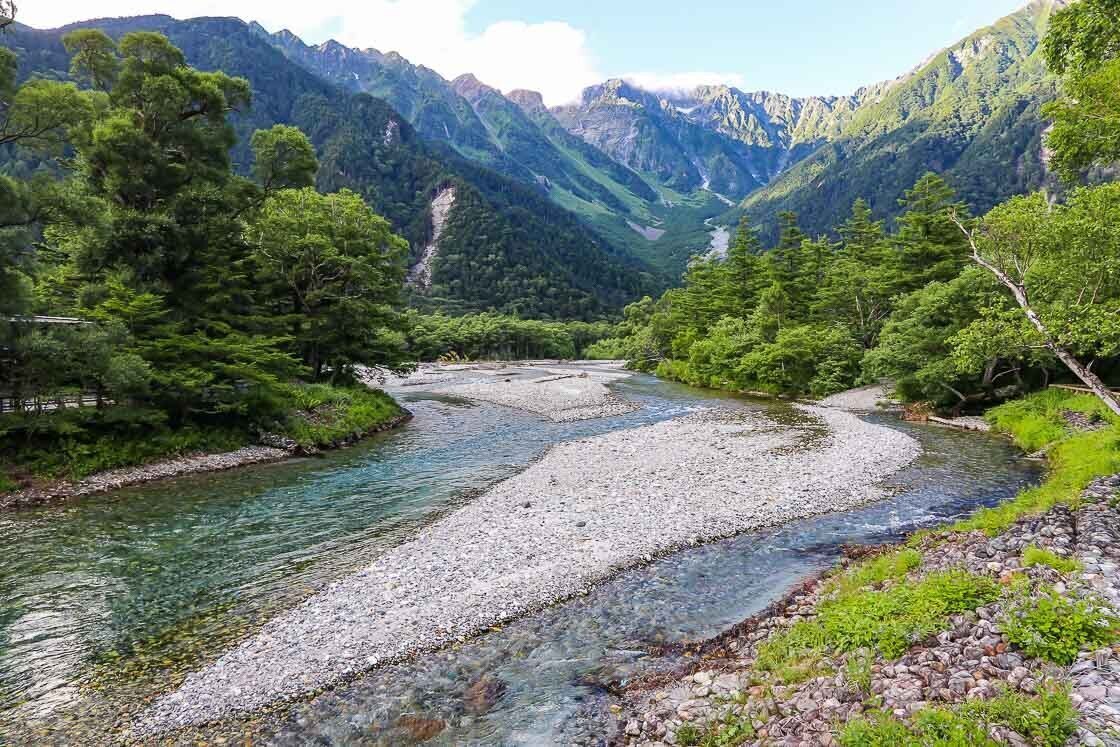
I woke up bright and early, and eager to explore this beautiful area. The small exploration I did around the hotel the previous day confirmed that Kamikochi is indeed a picturesque place, and I was looking forward going on a hike to see more of it. My hiking route started at Taisho Pond, then followed the trail along the river before crossing the Myojin Bridge and heading back to the Kamikochi bus terminal. This route takes approximately three hours without stopping, but it is best to factor in more time as appreciating the fantastic views and wildlife in Kamikochi can slow one down considerably.
Taisho Pond, as its name suggests, was created in the Taisho Period just over a hundred years ago. The pond appeared overnight following the eruption of the volcano Yakedake. When the sky is clear and the waters calm, the surrounding mountains are reflected on its surface, a view that will never get old. I was already blown away by the view at Taisho Pond first thing in the morning, and I had to calm myself down and not overdo the excitement at my first spot of the day.
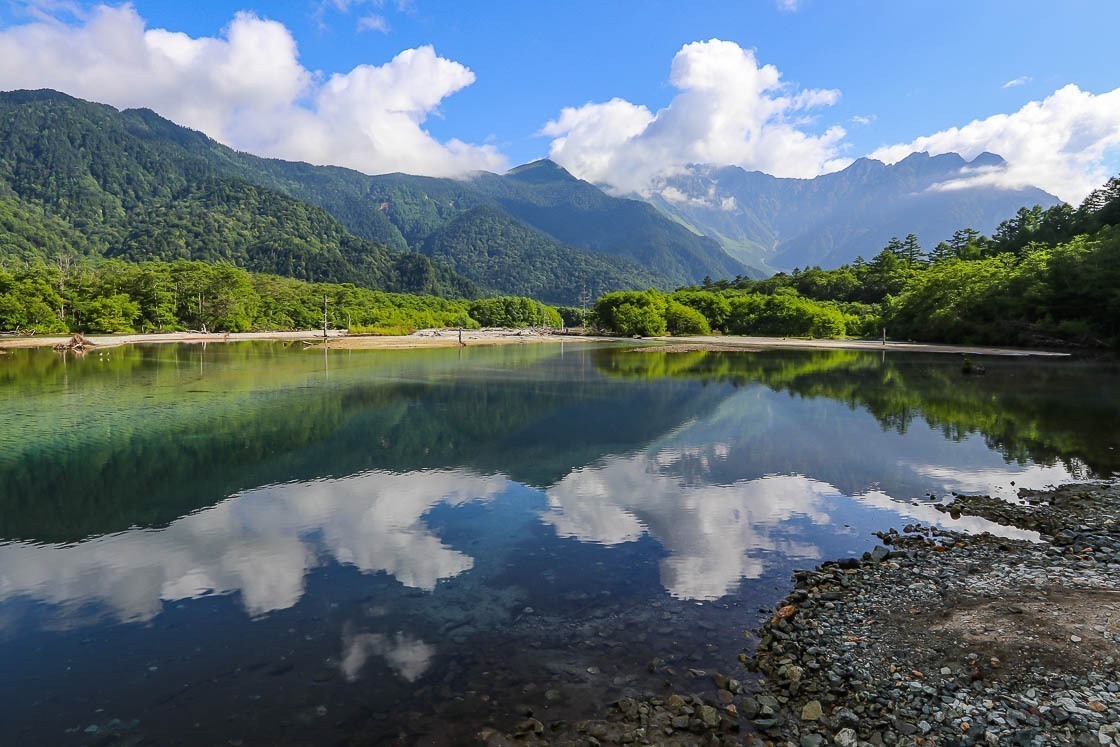
Continuing on the trail, I passed several marshes sporting extremely clean waters, which provided a clear look at the fish and flora underwater. Even the main river, the Azusa River, had crystal clear waters that seemed to sparkle in the sun.
It took about 60 minutes from Taisho Pond to reach Kappabashi Bridge, the closest bridge to the Kamikochi Bus Terminal. The bridge's central location meant that it is also close to most of the hotels, restaurants and shops. This landmark is also where Kamikochi's iconic view can be had. If I had to sum up Kamikochi in a nutshell, it would be this view of mountains towering over the forest, and the wooden Kappabashi Bridge suspended over the Azusa River.
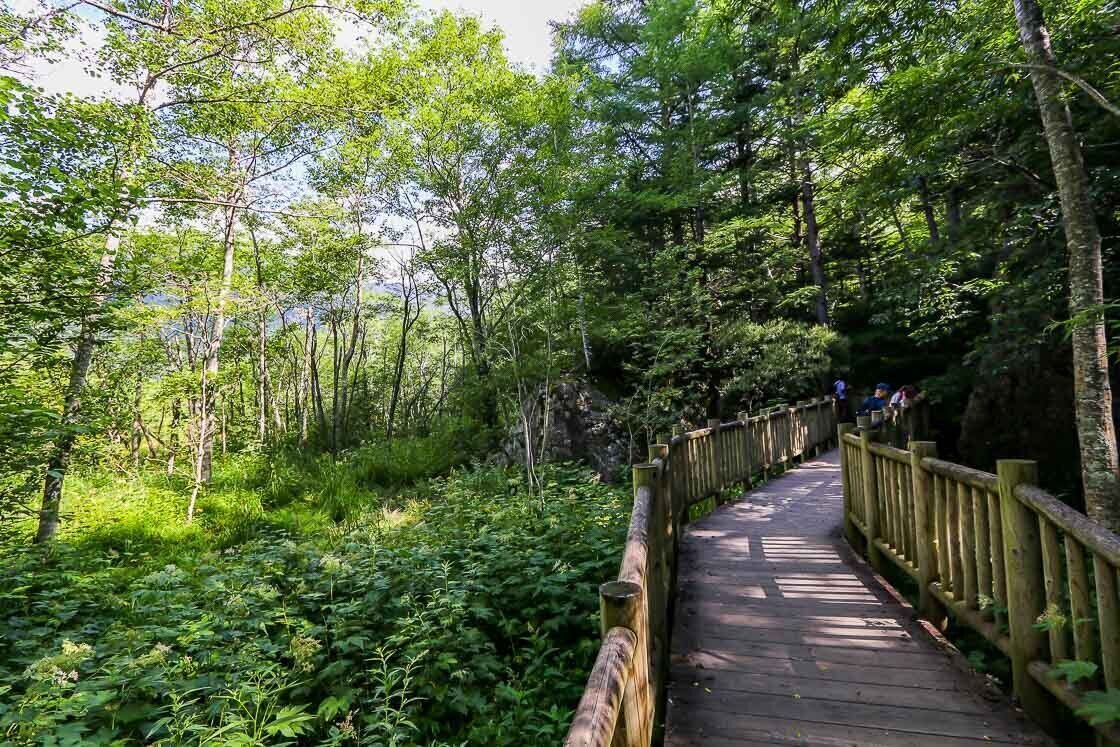
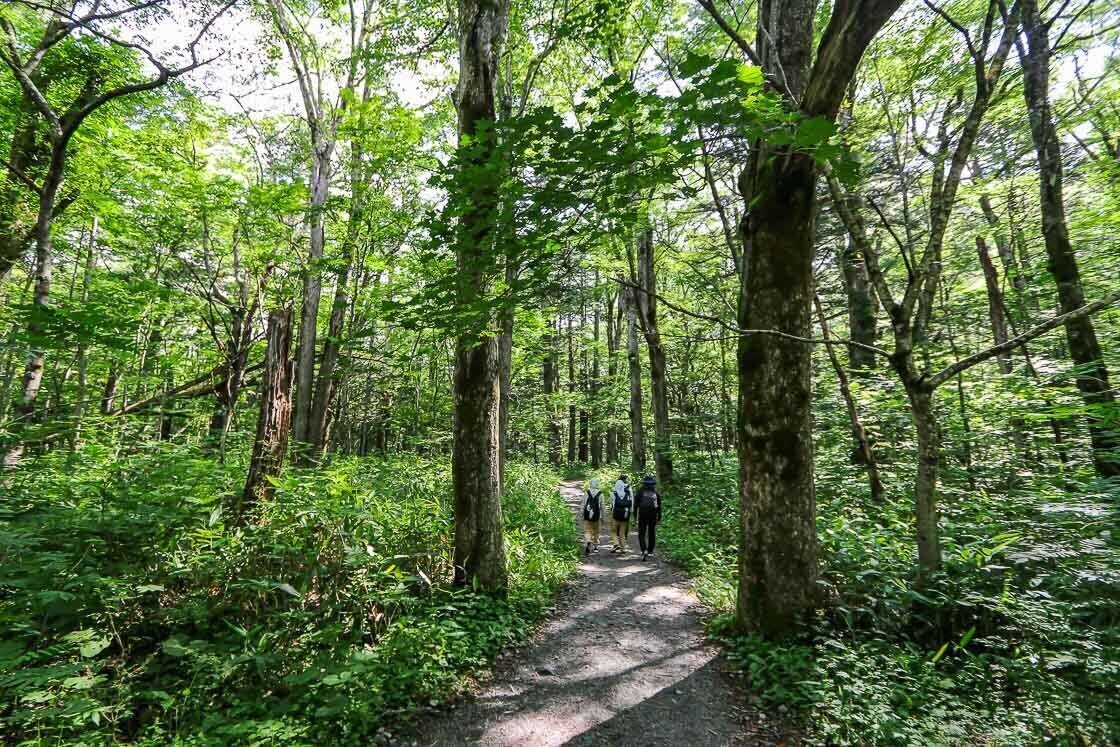

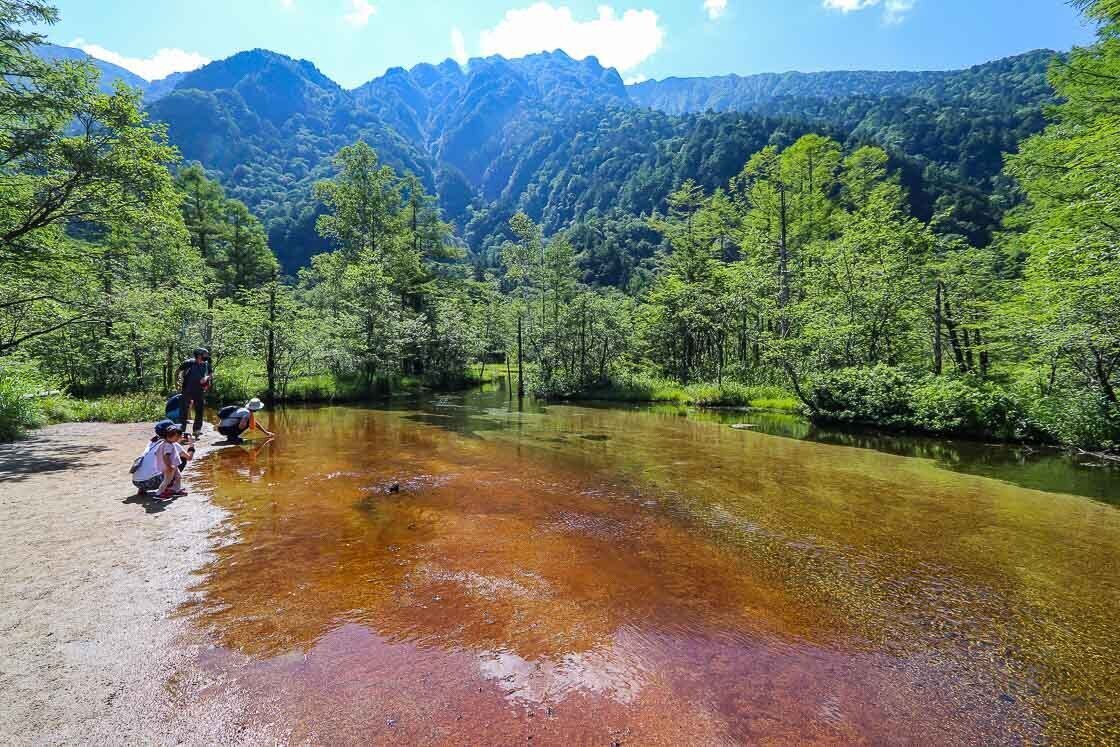
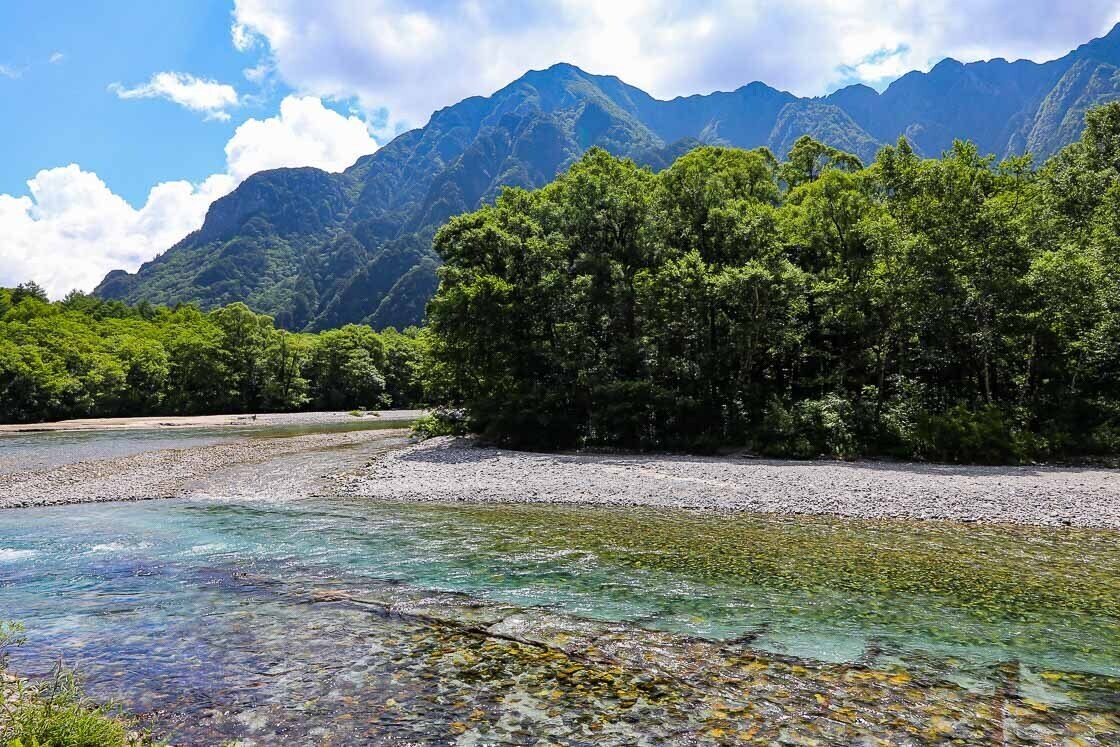
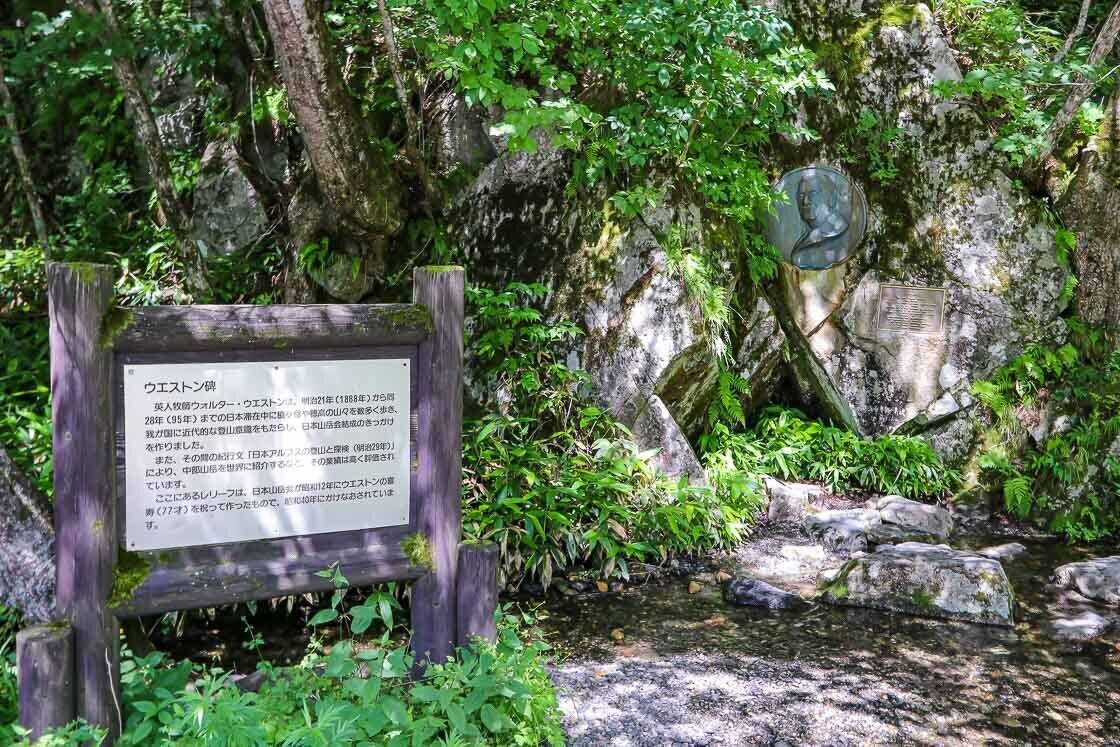
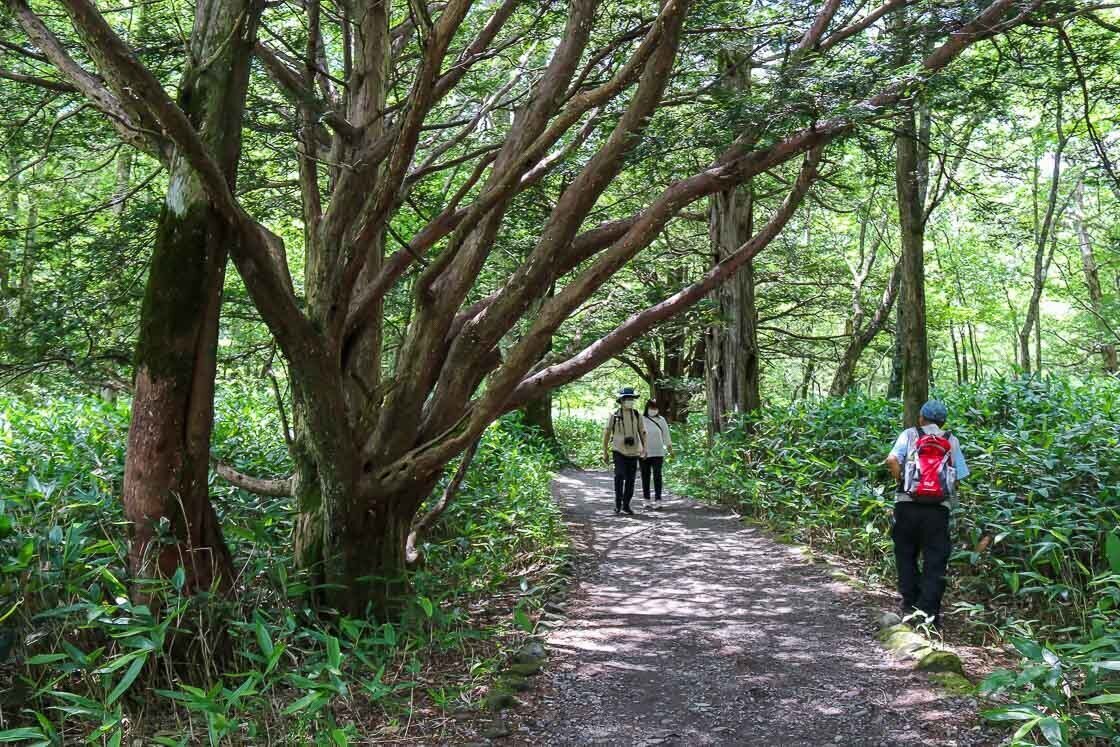
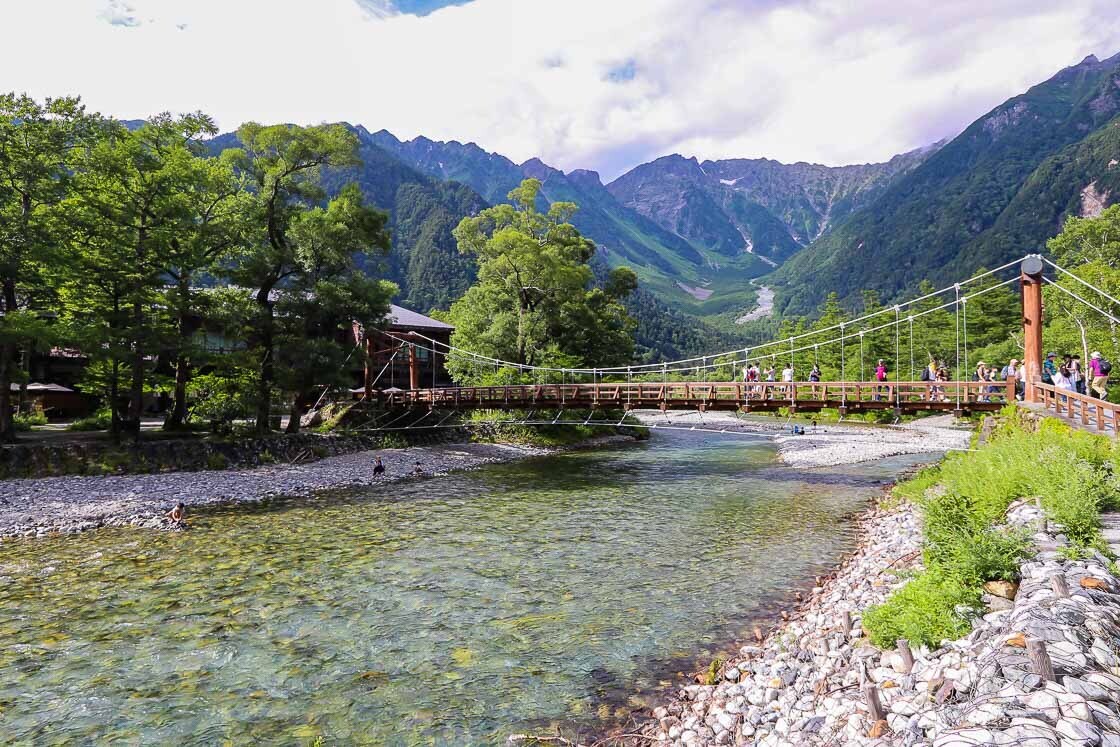
I pressed on from Kappabashi Bridge along the trail, this time heading a little deeper into the forest where wetlands and springs abound. 60 minutes later, I arrived at the Myojin Pond area. A mountain hut serving drinks and food can be found beside the entrance to Myojin Pond, and I took the opportunity to have a small meal break there before visiting the pond.
The ethereal Myojin Pond sits at the base of Mount Myojindake, and it is part of the Hotaka Shrine grounds, whose enshrined deity is also the main protector of the Northern Alps. Visiting the pond requires an admission fee, but is definitely worth the small detour.
From the pond, I crossed the Myojin Bridge and reached the crossroads where the trail either leads back to the Kamikochi bus terminal or continues deeper into the valley and up to the surrounding mountains. I picked the one to the bus terminal, and it took me about an hour to walk there.
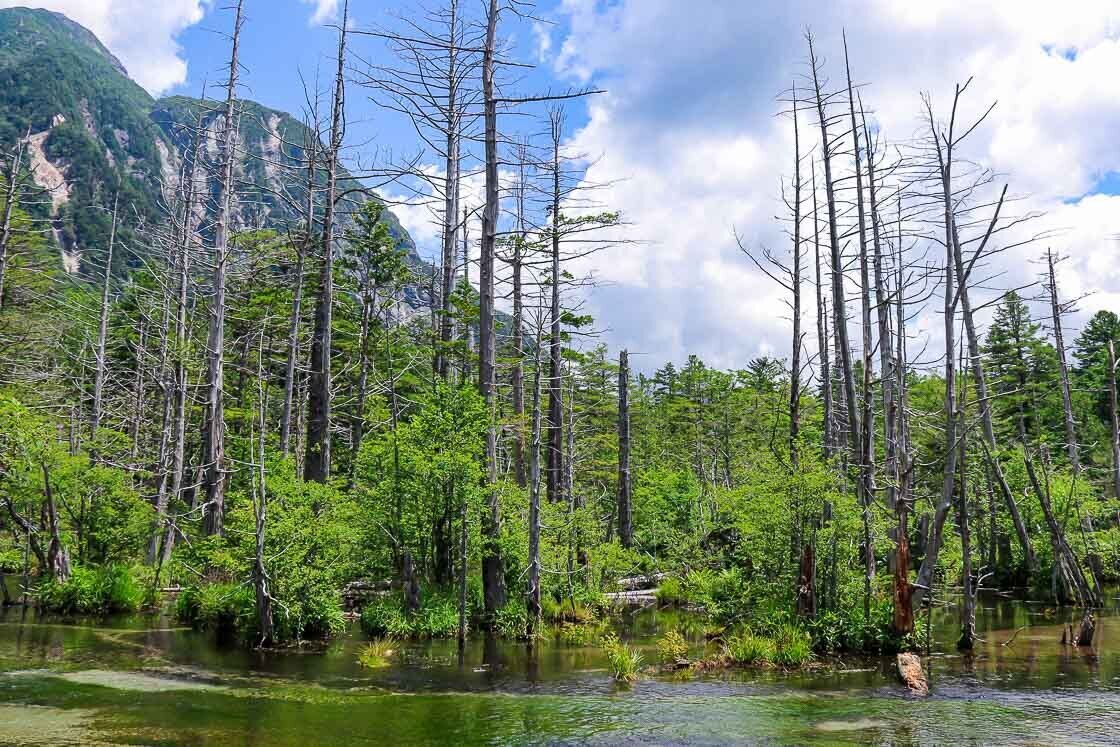
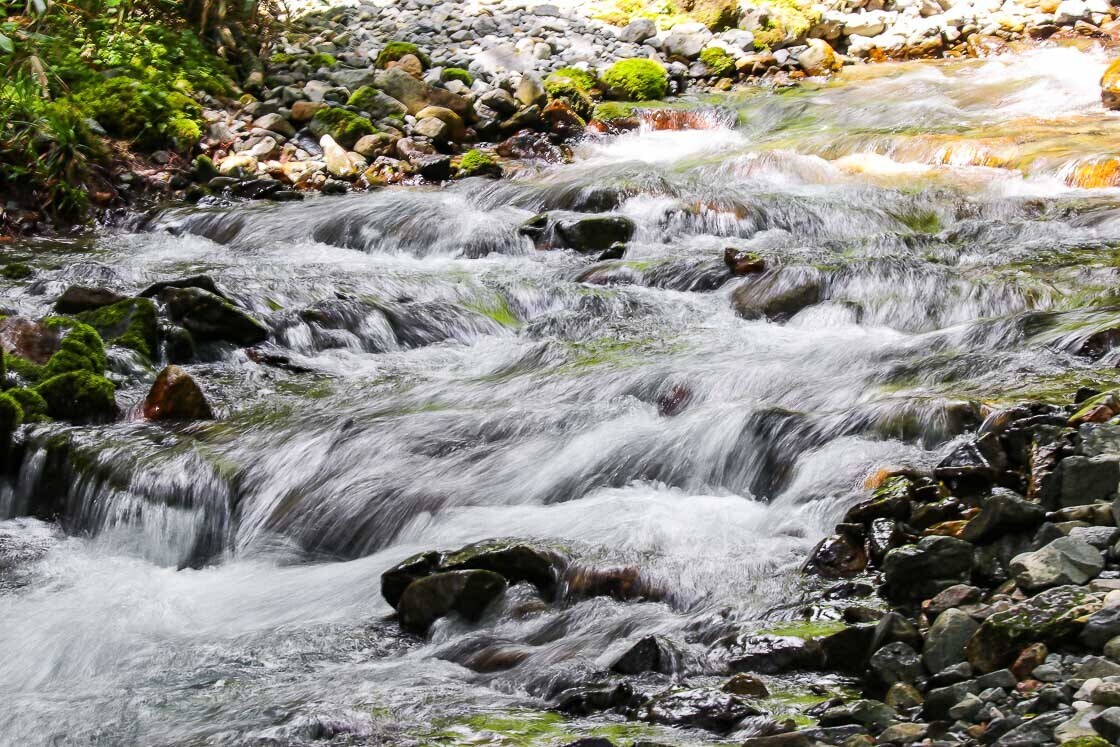
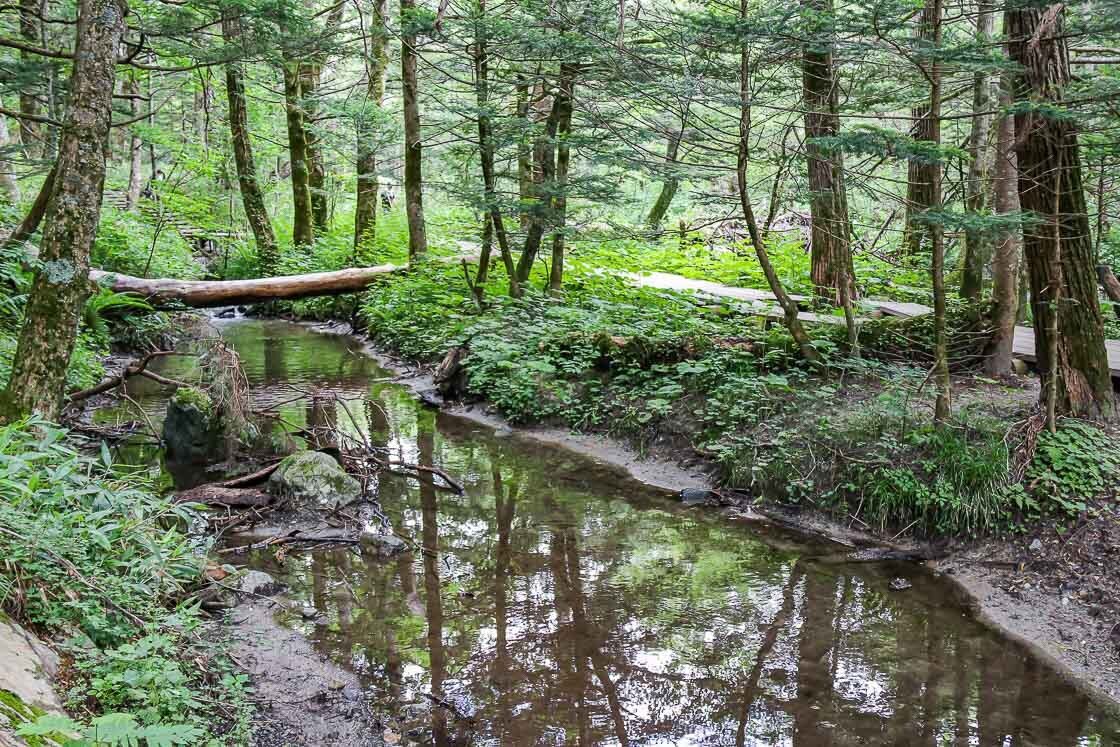
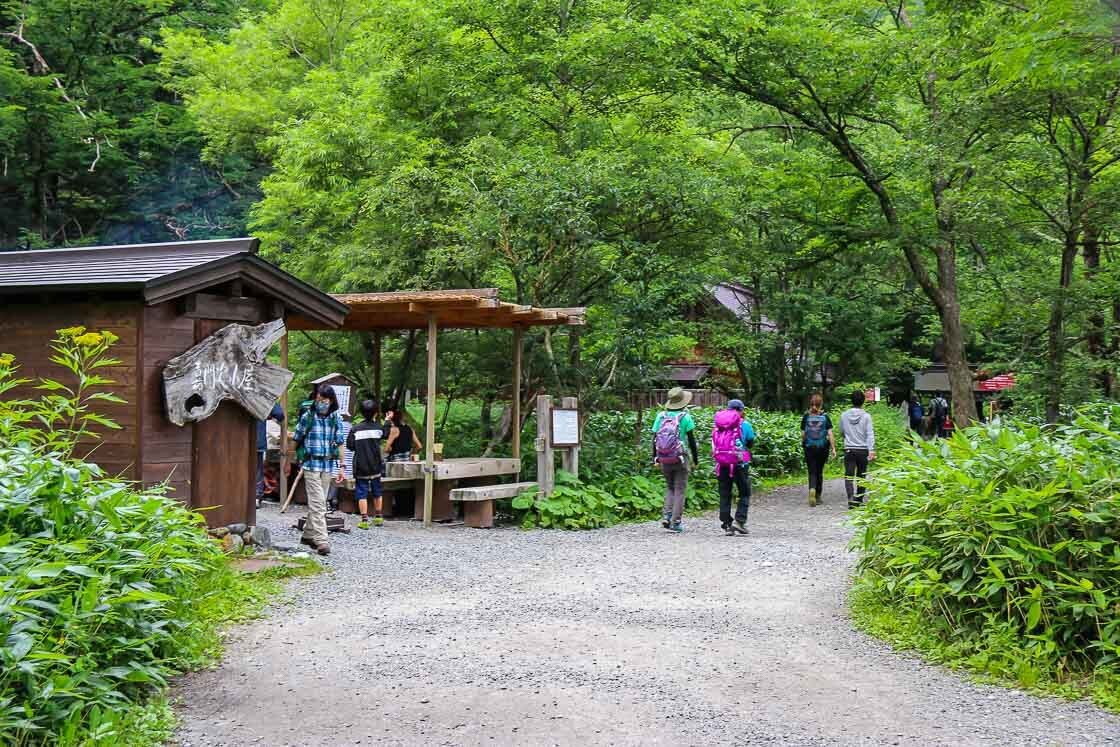
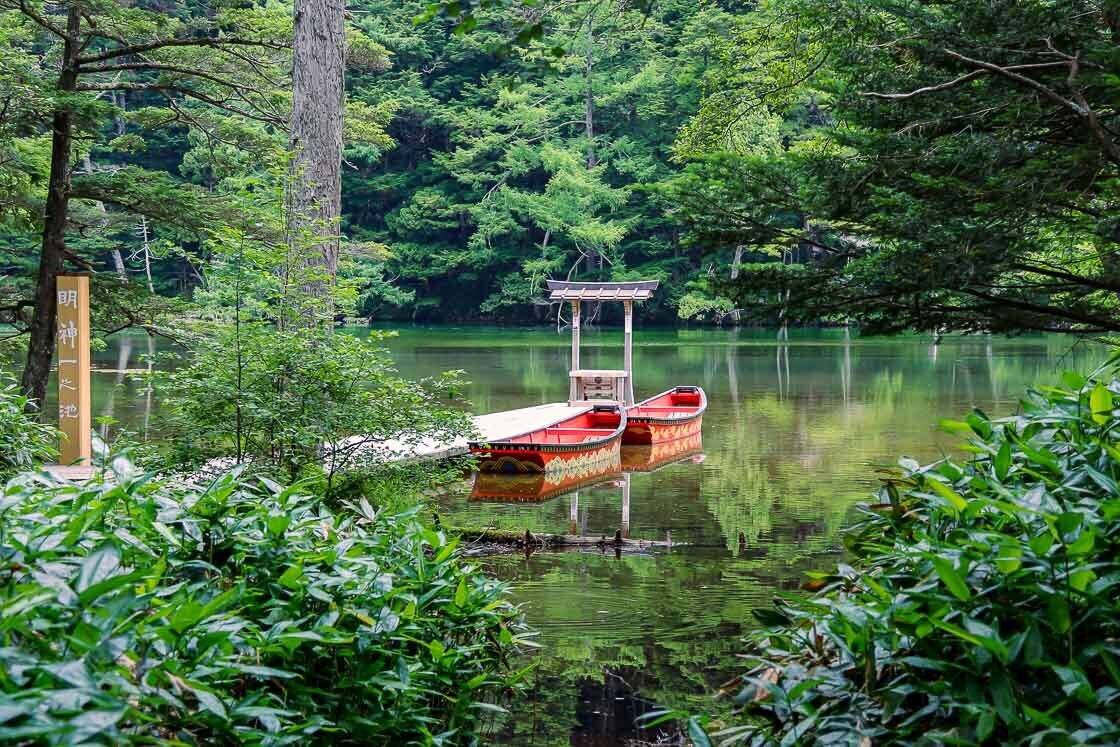
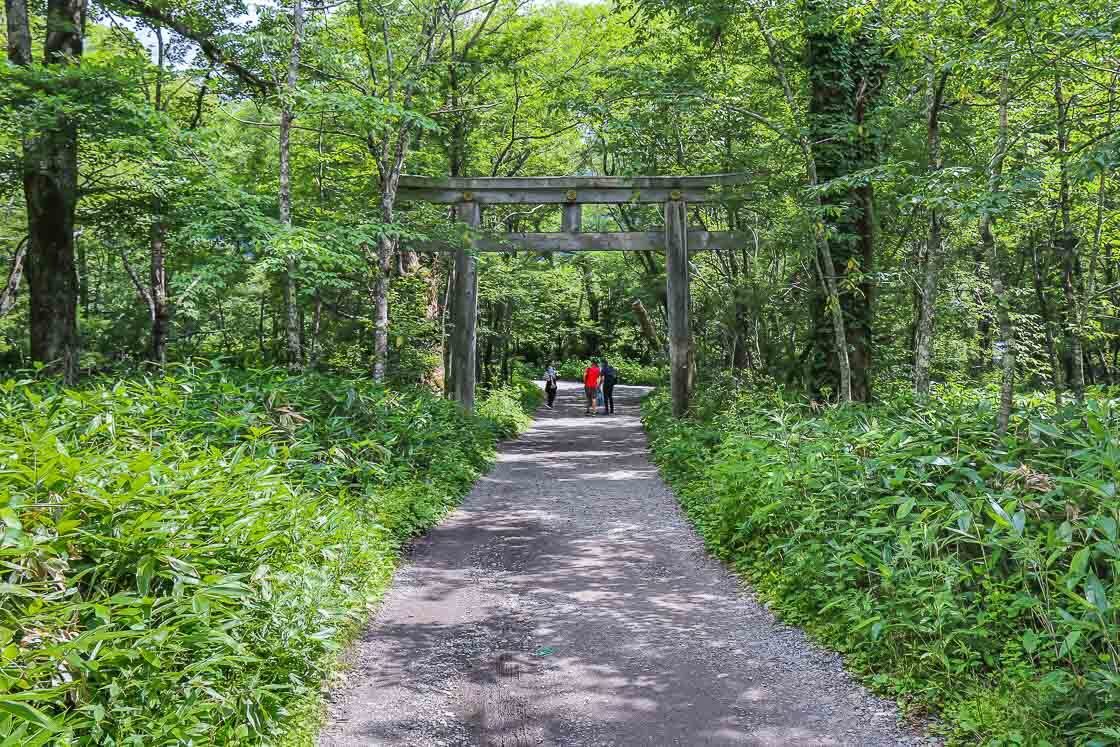
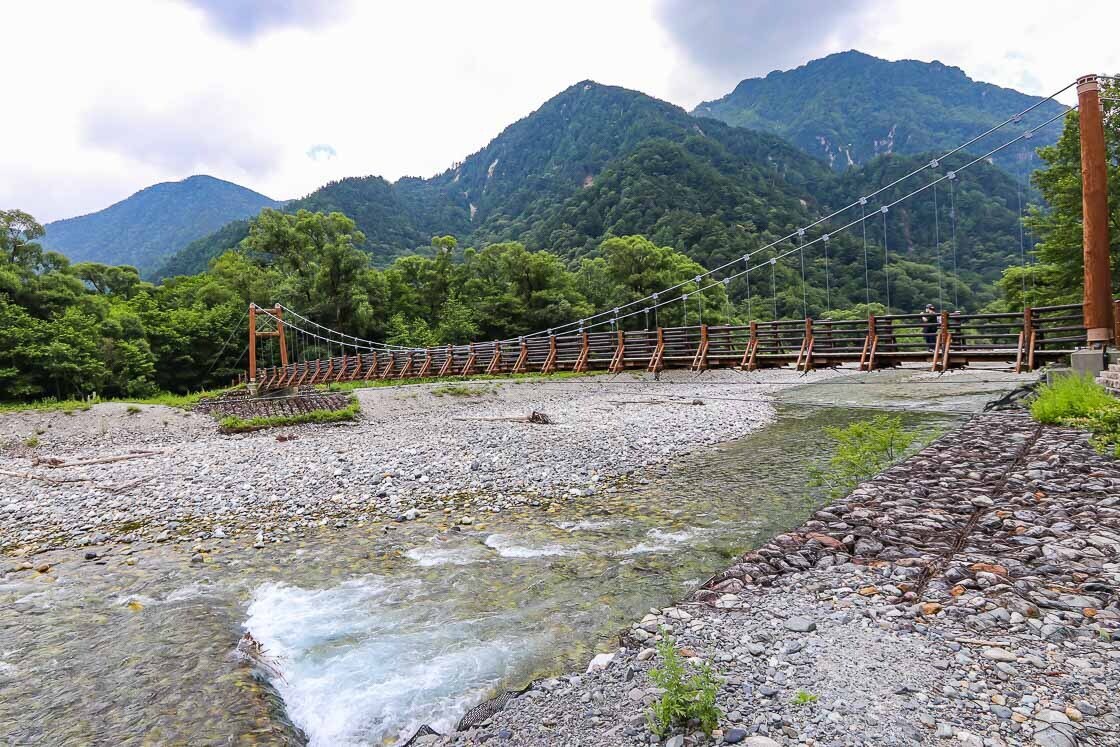

My trip in central Japan came to an end when I completed my hike in Kamikochi. I had six outstanding days, from learning about ninja on the first day, to making pottery on the second, picking tea leaves on the third, wearing a kimono in an outdoor museum on the fourth, making wax food samples on the fifth and finally hiking on the sixth. Each day is a precious memory filled with new experiences.
Thank you for following my 6-day journey off the beaten path in central Japan, and I hope this provided some travel inspiration for your next trip to Japan.
Access
A rental car was used in this itinerary. It is possible to travel solely by public transportation, and travelers who choose this option should factor in longer travel times into their itinerary.
Gujo-Hachiman
The main sightseeing attractions in central Gujo-Hachiman are within walking distance from one another. It is recommended to leave the rental car parked and walk around the town. There are several public parking lots in the town center.
Sample Village Iwasaki is about one kilometer away from the town center, and free parking is available on site. For those who prefer to walk, it takes about 15 minutes to get there from the town center.
Gujo-Hachiman to Kamikochi
The drive from Gujo-Hachiman to Kamikochi takes approximately 2 hours if using the expressway (about 1700 yen for expressway tolls, get off at Takayama IC). Note that private cars are not allowed into Kamikochi, and those driving in will have to leave their cars at the parking areas near the entrance of Kamikochi, Hirayu Onsen or Sawando and take the shuttle bus or taxi from there. Parking typically costs around 600-700 yen per calendar day for a regular sized car. The shuttle buses into Kamikochi take 20 to 30 minutes, and the one way bus fare costs about 1000 yen. A taxi costs about 4500 yen one way.

Useful links
- Sample Village Iwasaki - Food replica activity in Gujo-Hachiman
- Kamikochi - Highland resort in a national park


